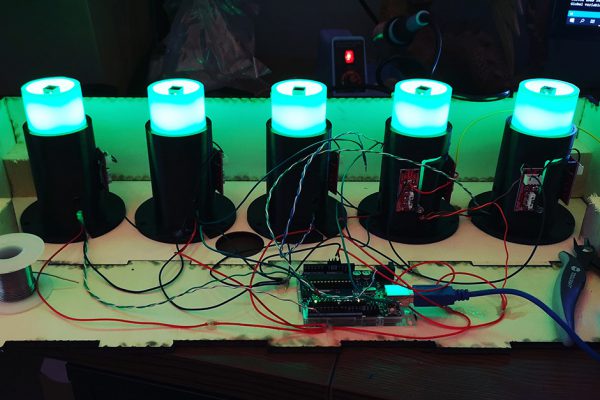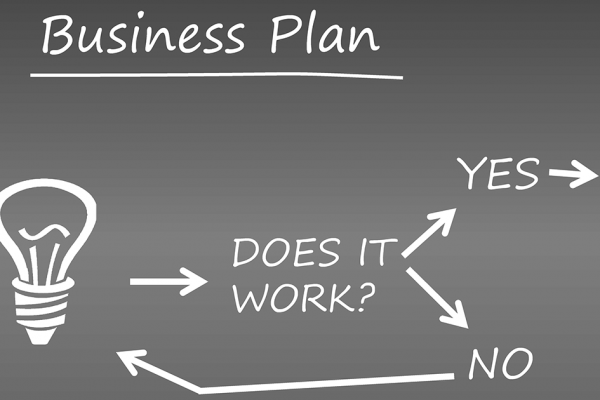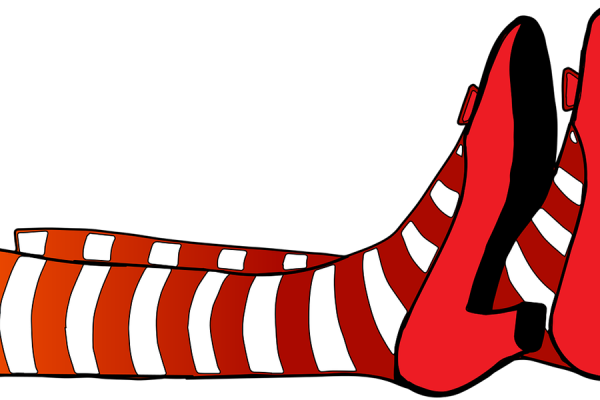Going to space, building a bridge, being a gamechanger, it all starts with drafting a mission. Whether you are a startup wanting to “Be the leader in tech CRM”, or you’re designing the next game changer. You will need to set the dot on the horizon you are working towards. To make sure the end goal remains clear, it is vital to draft more than just the mission statement. You will need some more help to keep you on your path towards success. This is how to stay on track right from the start.
This is part of the Innovation engineering blog series.
The big picture
Creating a big picture is deceptively challenging. Only the select few start off with a very clear mission, and more than likely you’ll have to spend real time perfecting it. Let’s look at a few mission statements
Tesla’s mission is to accelerate the world’s transition to sustainable energy.
Tesla mission statement
This statement contains a target group (the world), and a subject (sustainable energy).
To organize the world’s information and make it universally accessible and useful.
Google mission statement
Google’s mission statement contains the same parts. Target group “the world”, and subject “make information universally accessible and useful”.
What both these companies have sucessfully done is take the complete spectrum of all possibilities, and narrow them down far enough that the statement gives direction, but doesn’t limit the potential.
Excluding divine inspiration from your personal muze, creating your own mission statement will involve work. Figuring out your target group, creating a persona, setting a goal for your innovation, and then combining all those into a viable mission and/or vision.
Check out the resources at the bottom of the post to get started.
Requirements and function tree
To keep yourself firmly going in the right direction, you can create requirements and a function tree very early on in your journey. The requirements will likely be supplemented at different stages in your project, but getting started on them as early as possible is a very good idea.
The function tree and requirements go hand in hand. To draft your functions, you should always ask yourself the question “What should my product do?”. The functional discription should be something that the user will experience. If we use a water bottle as an example, “contain water” and “be reusable” are functional requirements. The same rules apply to non-physical products: “guide the user through the online application process” or “Help customers create a strategy for innovation management” are funtions.
Functional requirements make your functions measurable. , “Contain x amount of water” and “be reusable for x years” are functional requirements. For non-physical products, “guide the user through the application process in under 2 minutes” is a functional requirement.
Your product will also have non-functional requirements, and boundary conditions. Non-functional requirements can be anything from layout, or house style, to weight, material usage, or code language. Boundary conditions are things that your product will have to function within, these could include weight or volume restrictions, time restrictions, or bandwidth restrictions.
The mission
With all of the above information, you are ready to start creating your mission statement. This is not an exact science, and taking your time will go a long way. Focus on creating a mission that reflects your core values, or main goal. This is the creative part of the mission statement, and don’t try to focus on drafting just 1 statement.
Testing various statements is a powerful way of drafting a concise, strong message. 5 second test allows you to have a large group of people see something for 5 seconds, and provide their feedback. This allows very quick testing of different misison statements, and getting feedback on the perceived meaning.
With this info, you should be able to create a mission, function tree, and requirements that will allow you to optimize the development of your innovation. Stay tuned for the next step: creativity.
If you would like my help with your development process, please contact me through greatscott.nl or reach out in the comments below.
Resources
This method is just asking 6 simple questions: “What? Who? Where? When? Why? How?”. These questions, when used effectively, will give you a detailed look into your own idea, target group, and challenges.
A persona can give you valuable insights into your target group. A key aspect in this is to be very specific in the areas that you are interested in, and be very careful to not include any criteria that are not relevant to you. For instance, if you are designing an online tool, location is usually irrelevant. But age, gender and interests, might be.









